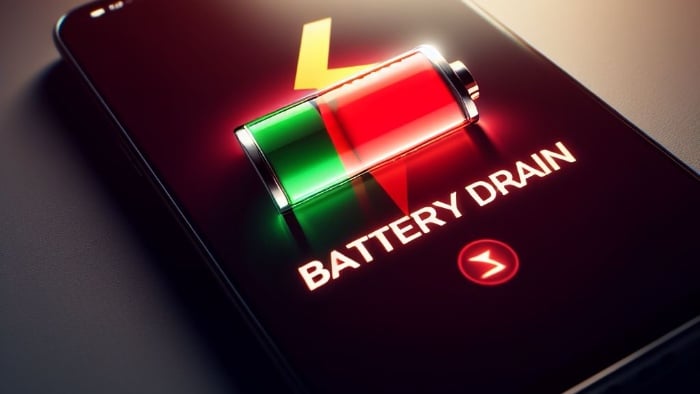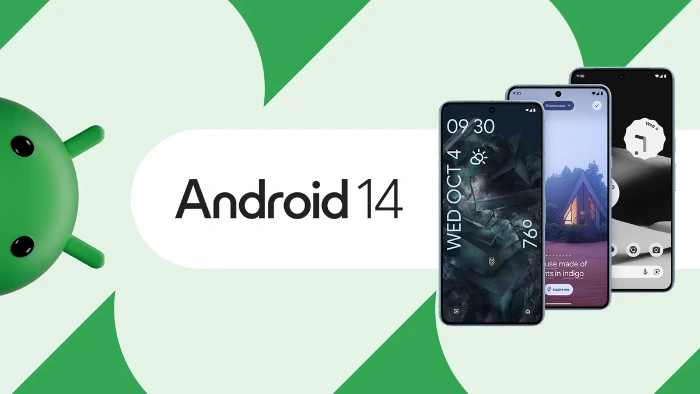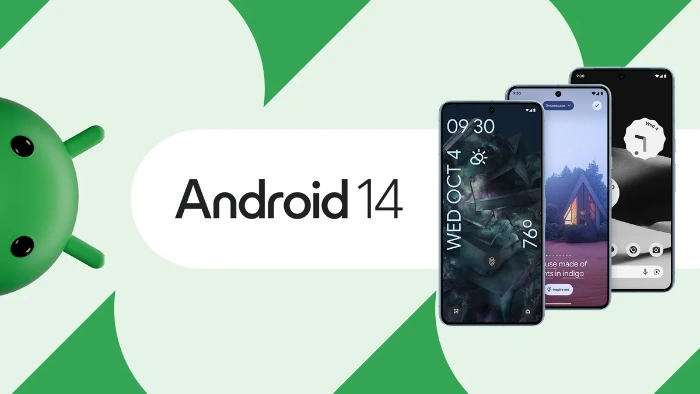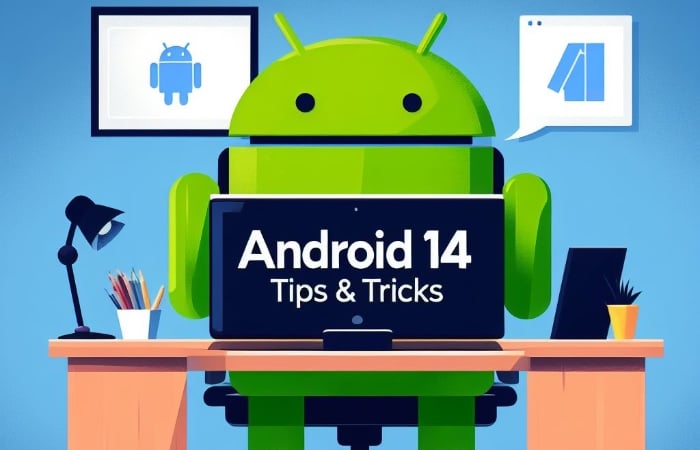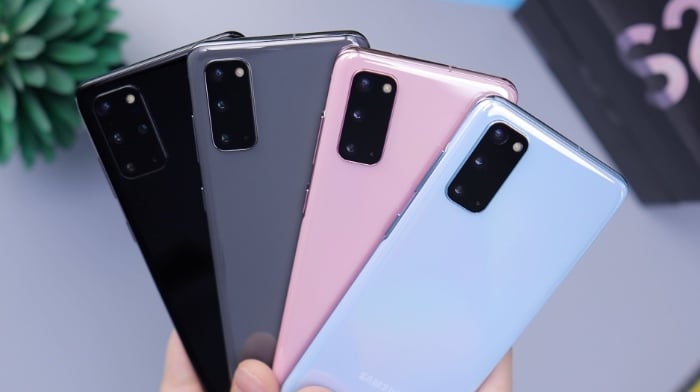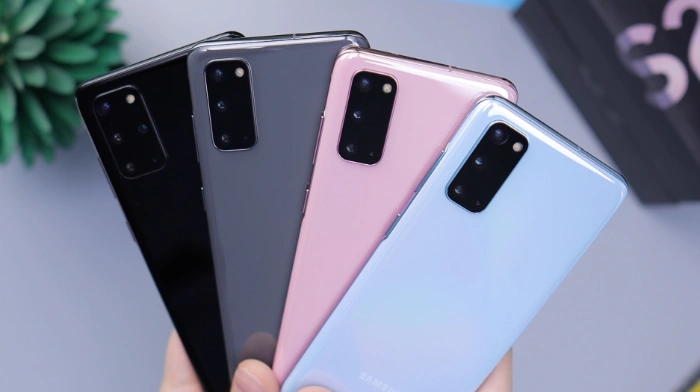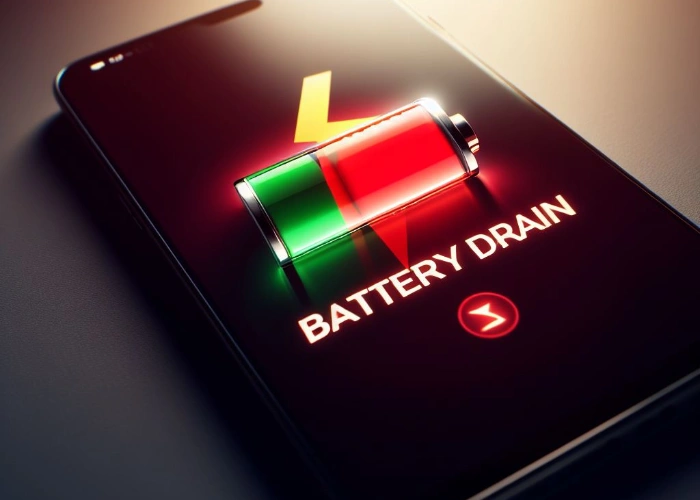
This guide will show you how to fix and diagnose issues that could be causing your Android device battery to drain. Android battery drain is a common problem that can be caused by a variety of factors. If your Android phone is draining battery quickly, there are a few things you can do to fix the problem.
1. Check your battery usage
The first step is to check your battery usage to see which apps are using the most power. To do this, go to Settings > Battery. You can see a breakdown of battery usage by app, as well as how much battery is being used by the screen, system processes, and other features.
Once you know which apps are using the most power, you can take steps to reduce their impact on your battery life. For example, you can restrict background activity for apps that you don’t use very often, or uninstall apps that you don’t use at all.
2. Adjust your screen brightness
Your screen is one of the biggest battery hogs on your Android phone. To extend your battery life, try reducing your screen brightness. You can do this manually by adjusting the brightness slider in the notification shade, or you can enable adaptive brightness, which will automatically adjust the screen brightness based on the ambient light.
3. Disable unnecessary features
There are a number of features on your Android phone that could be causing the battery to drain, if you do not need some of these features, then you can turn them off. These features can drain your battery even when you’re not using them. To save battery life, disable any features that you don’t need.
Some features that you may want to disable if you don’t use them include:
- Bluetooth
- Wi-F
- GPS
- NFC
- Always-on display
- Haptic feedback
- Keyboard sounds
4. Update your apps and operating system
Outdated apps and operating system software can sometimes cause battery drain problems. Make sure that your apps and operating system are up to date by checking for updates regularly.
To check for app updates, open the Google Play Store and tap the Menu button (three horizontal lines) in the top left corner. Then, tap My apps & games and Updates.
To check for operating system updates, go to Settings > System > Advanced > System update > Check for update.
5. Restart your phone
Sometimes, a simple restart can fix minor battery drain problems. To restart your phone, press and hold the power button for a few seconds until the power menu appears. Then, tap Restart.
Additional tips
Here are some additional tips to help you improve your Android battery life:
- Limit push notifications. Push notifications can drain your battery, especially if you receive a lot of them. To limit push notifications, go to Settings > Apps & notifications > Notifications. You can then disable push notifications for individual apps or for all apps.
- Use Adaptive Battery. Adaptive Battery is a feature that learns how you use your apps and then optimizes battery usage accordingly. To enable Adaptive
- Battery, go to Settings > Battery > Adaptive Battery.
- Use a power-saving mode. Most Android devices have a power-saving mode that can help to extend battery life. To enable power saving mode, go to Settings > Battery > Battery Saver.
If you’ve tried all of the above tips and your Android phone is still draining battery quickly, you may need to replace your battery. Batteries degrade over time, so it’s normal for an older battery to not hold a charge as well as a new one. We hope that this guide helps you resolve any Android battery drain issues, if you have any comments, questions or tips, please let us know in the comments below. You can find out more details about improving your device’s battery life over at Google.
Filed Under: Android News, Guides, Mobile Phone News
Latest timeswonderful Deals
Disclosure: Some of our articles include affiliate links. If you buy something through one of these links, timeswonderful may earn an affiliate commission. Learn about our Disclosure Policy.

